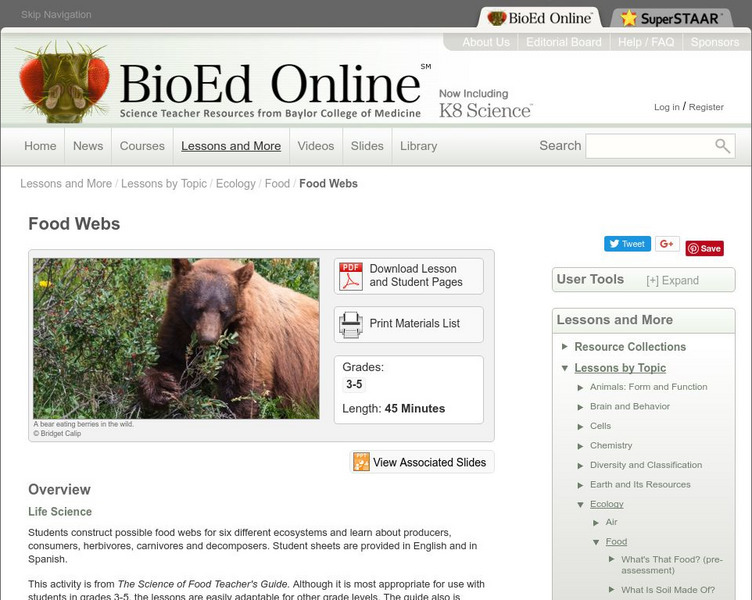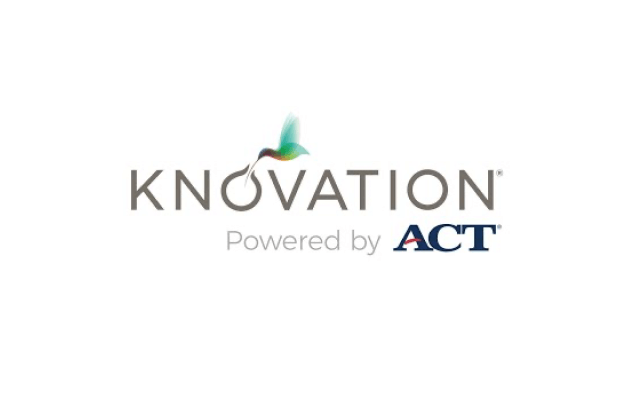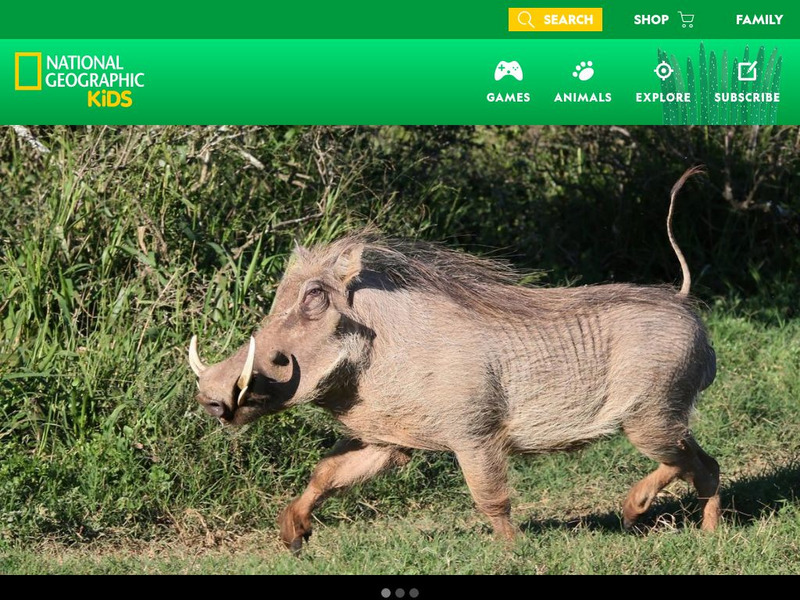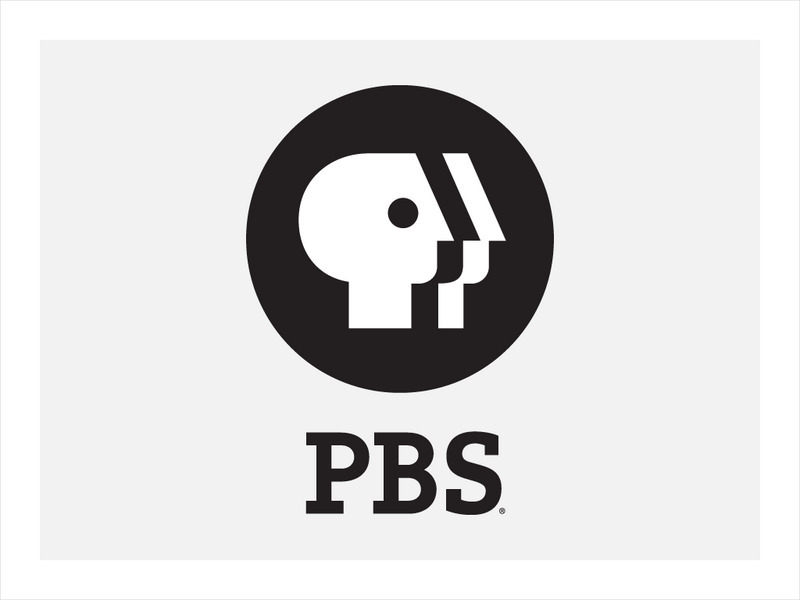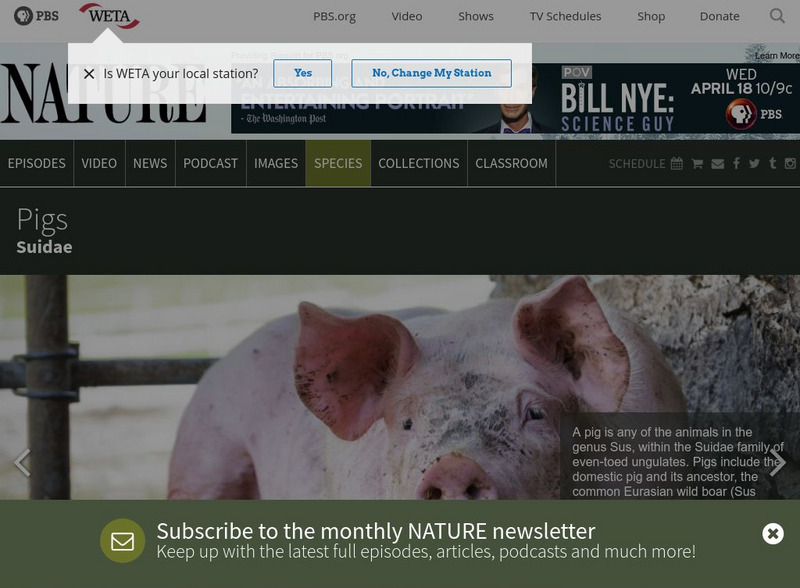Curated OER
What Does It Eat?
Students, working in research teams, investigate the eating habits of crickets. They collect and record data and compare their methods and results with other groups by making tables or graphs. They sumarize their findings with posters or...
BioEd Online
Bio Ed Online: Food Webs
Students construct possible food webs for six different ecosystems as they learn about the roles of producers, consumers, herbivores, carnivores and decomposers.
Smithsonian Institution
Smithsonian Environmental Research Center: Forces of Change: Weaving the Web
The students will become the food web in this fun interactive classroom activity. Detailed instructions, background information, guiding questions, and activity worksheets are provided.
National Geographic Kids
National Geographic Kids: Animals: Warthogs
"Many scientists believe there are two species of warthogs." Learn all about warthogs in this multi-media site. Video and audio clips as well as other web links make this a great site for student research projects.
PBS
Nh Pbs: Nature Works: California Quail
Discover more about the California Quail through this clear and concise site. This resource features information on the diet, habitat, range, reproduction and more of this unique bird.
Chase Young, PhD
Dr. Chase Young, Ph D: Reader's Theater Script: Dinosaur Land [Pdf]
A reader's theater script for Dinosaur Land is provided on these pages. Two character roles are needed in this play that reinforces the difference between dinosaurs that are omnivores and carnivores.
Kidport
Kidport: Who Eats What?
At this site students are encouraged to try and answer questions that relate to what animals eat. At the bottom of the web page are beautiful pictures of land and sea animals and when selected, students will be able to read short facts...
Other
University of New Castle: Omnivores
A description of what an omnivore really eats. There are a lot of related links off to the right.
Other
College of Du Page: Energy in an Ecosystem
Ecosystems contain two kinds of commodities: matter (nutrients) and energy. Nutrients cycle through the ecosystem, available for repeated use by organisms. These cycles of use and reuse are called biogeochemical cycles. Energy instead is...
PBS
Pbs Nature Critter Guide: Raccoons
What do raccoons eat? Explore this site to find your answer. Students will gain a perspective of where and how raccoons live through this educational resource.
PBS
Pbs Nature Critter Guide: Crows
Research shows that crows are considered the most intelligent type of bird. Discover more about these black feathered friends through this resource filled with fun facts and information. Students will learn more about the social...
A-Z Animals
A Z Animals: Reference: Diet
This entry identifies the defining characteristics of the various diets of animals, including those that are herbivores, carnivores and omnivores.
CK-12 Foundation
Ck 12: Biology: Mammal Structure and Function
[Free Registration/Login may be required to access all resource tools.] Describes the function of various structures in mammals.
Planet Pals
Planet Pals: The Food Chain
Omnivores, herbivores and carnivores are waiting for you. The food chain comes to life at this friendly site.
BBC
Bbc: Nature Wildfacts: Wild Boar
Learn more about the wild boar with this detailed fact sheet and these photos provided by BBC.
The Association of the British Pharmaceutical Industry
Active Science: Humans and Animals: Food [Pdf]
An interactive online game to explore what animals eat.
World Wildlife Fund for Nature
World Wildlife Fund: Polar Bears
This resource offers detailed information on polar bears.
PBS
Pbs Nature: Pigs
This resource offers a clear and concise description of domesticated pigs. Students who need help narrowing their informational search will benefit from this type of condensed resource.
Science and Mathematics Initiative for Learning Enhancement (SMILE)
Smile: Teeth Identification in Omnivores, Herbivores and Carniv
In this lesson plan, students make puppets out of paper bags and use corn to give their animal (dinosaur, raccoon, etc.) the correct type of teeth based on the animal's diet.
Earth Life
Earth Life: Mammals: Diet and Digestion
This site discusses the diet and digestion in all sorts of mammals, including herbivores, omnivores, and carnivores. Read about different kinds of animals and their different dietary preferences.
Annenberg Foundation
Annenberg Learner: Ecology Lab
Build your own ecosystem, and explore the effects of these interrelationships.
ClassFlow
Class Flow: Energy in the Ecosystem
[Free Registration/Login Required] This flipchart focuses on how plants and animals get energy and different habitats.
Enchanted Learning
Enchanted Learning: Wild Skunks
Here you can find all kinds of useful information about wild skunks, including how they "spray," what they eat, and what they look like.
PBS
Nh Pbs: Nature Works: Ecosystems
How would you define an ecosystem? Check out this educational resource to learn more about the living and nonliving parts of different ecosystems.



